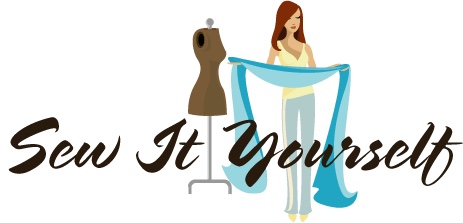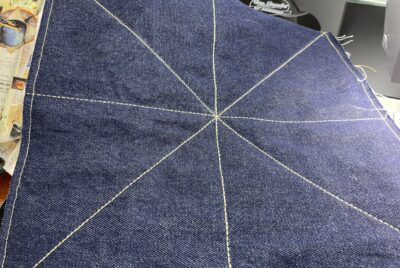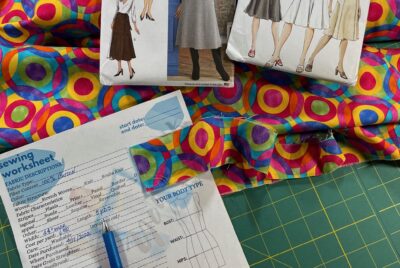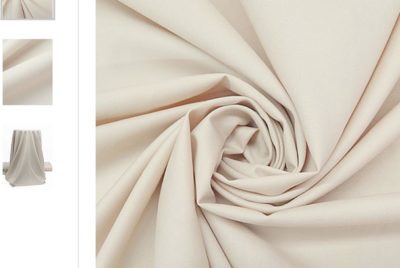7 Simple Ways to Practice Sewing Straight Line Stitches Straight line stitching How many times have…
Choosing Patterns For Custom Tailoring
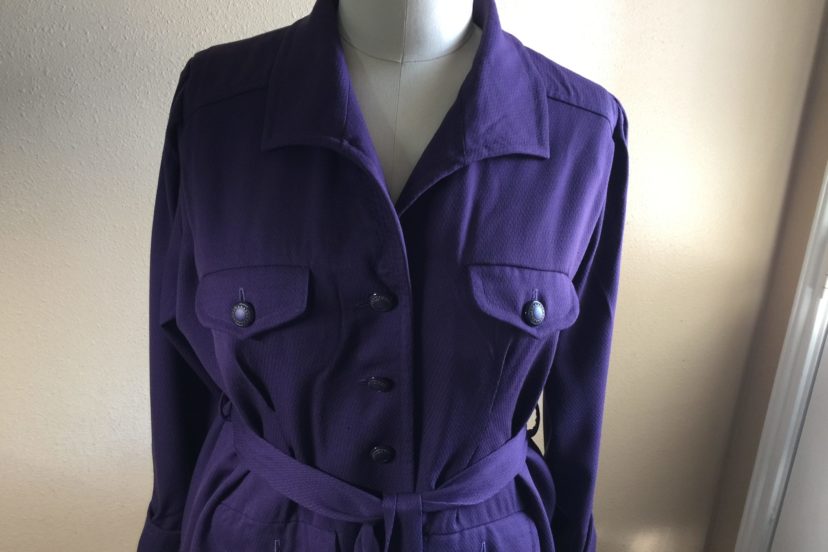
Choosing Patterns For Custom Tailoring
Sewing tailor made clothes require you to choose patterns that are suitable for custom tailoring. Additionally, you’ll want to coordinating fabrics to create a fashionable coat or jacket for yourself. In addition, you’ll need to apply very specific methods and techniques in constructing your garment.
However, you may be a fabric lover. You may often find yourself with a beautiful piece of fabric before you find a pattern.
To get started, browse through some pattern books, catalogs, magazines, Pinterest, etc. You will get ideas of fashionable style options you think will work for you. Pay attention to the fit as well as the level of details involved.
Pay Attention to Pattern Details and Line Structure
Tailoring is bit different from dressmaking. But, you will be depending on your dressmaking skills to take you to the next level. Your attention to pattern details are important in order to minimize any frustrations during the process.
As stated in my previous article, Tailor Made Clothes, it’s been awhile since I’ve done any serious tailoring. But this Vintage Vogue Pattern 2204, enticed me to refresh my tailoring skills to get it done.
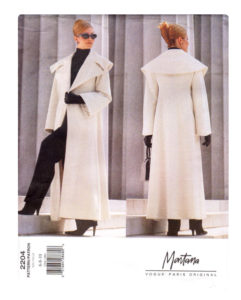
Looking over the pattern, it appears to be fairly simple. But it will still require a few time-consuming techniques to shape that dramatic collar.
The description on the back of pattern envelope states:
Loose-fitting, slightly flared, lined coat, above ankle, has collar, collar band, princess seams, side front pockets, long two-piece sleeves and purchased cord for raised topstitching.
I am not a fan of tight-fitting clothes, so loose-fitting, slightly flared was fine with me. However, I actually got more information from looking at the front and back pattern cover and the line art drawing than the description.
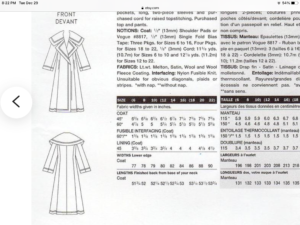
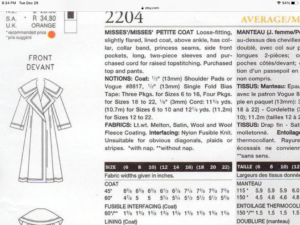
The front and back princess seams will give me the appearance of a streamlined and proportioned 5’7” frame. The oversized collar, bell-shaped sleeves and raised topstitching adds drama and excitement. Otherwise it’s a plain and simple white coat. I don’t have an elegant white coat in my wardrobe. Therefore, I can easily envision myself in this coat and getting lots of compliments when worn.
Many feel that a well designed tailored garment depends on creating interest. through structural design. In studying clothing, structural design results from the way a garment is put together. It involves the use of seams, darts, pockets, buttonholes, collar, and neckline shapes and proportions. The texture and structure of the fabric is also a part of structural design. All of these different lines affect how the finished garment will look on you. In my opinion, designer Claude Montana, does an excellent job with this pattern.
Consider Body Shape and Height When Choosing Your Tailoring Pattern
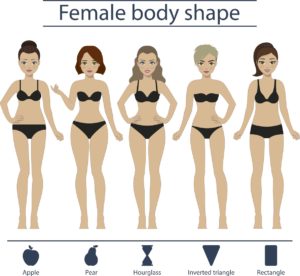
If you’re tall, 5’7″ and over, or average height and proportions, you’ll you look well in just about any style. This includes the wrap or swing coat, trench coats and double-breasted styles. Just keep in mind that all figures can be improved with careful selections. Your coat can be any fashionable length, such as below the knee, midi, maxi or floor lengths. You can also wear any neckline, especially the high, round cardigan. In suit styles, the longer jacket is good on the tall figure and may be a very good choice for the Apple body shape.
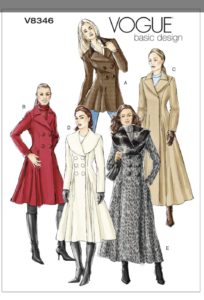
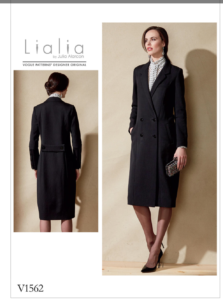
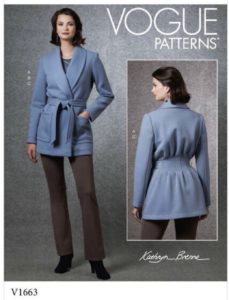
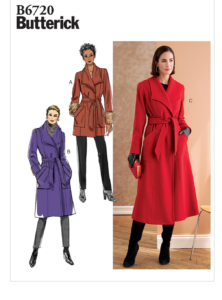
If you are 5’4” and under, single-breasted styles and princess lines will look best on you. Loosely fitted reefers, collars cut away from the neck, and bracelet length sleeves offer balance. You’ll want to stay away from full belted coats and full tent styles. Extreme fullness at any place on the coat or sleeves to be avoided for you. The short jacket is well proportioned for your shorter figure. And looks better in bracelet length sleeves rather than full length.
If you have a full bust, you’re flattered by the tailored collar and long lapels which give a slender line. If you love the look of a double-breasted coat or jacket, it may be a little difficult to fit on a full busted figure. When the coat gaps open, you should consider a full bust adjustment for a flattering fit. Bulky fabrics, horizontal stripes, and warm colors can also add to the size of your body.
In order to choose the best pattern for you, it’s important to understand your body shape. This will determine the types of design that show off your most flattering features. If you do not know your body shape, you can do an analysis of your body shape here to help determine what style looks best on you.
Determine Your Pattern Size For Custom Tailoring
Your best pattern size uses the least amount of time. Major alterations and adjustments will require more time. The analysis of your body shape requires you to take your body measurements. Compare your body measurements to the pattern size chart, then choose the size that is closest to your body measurements. The chart is included in the pattern catalog or on the back flap of the pattern envelope. You will benefit most from patterns sold in multiple sizes. This gives you more sizes to work with if your body falls between sizes.
No matter the pattern size, most figures will require some pattern alterations to get a more personalized look. Keep in mind that patterns made for coats and jackets usually allow for various amounts body ease. Design ease as well as layered ease for wearing other clothing underneath. Custom tailoring requires a custom fit, any necessary alterations should be made before cutting your fabric. Additionally, you must make a test garment. But, you get to use an inexpensive, heavy-weight muslin to assure you get a proper fit.
Selecting Patterns For Tailor Made Clothes
Most pattern companies, like Vogue and Butterick provide detailed descriptions of style elements, fabric recommendations, ease of sewing and notions required for each style variation on the pattern. But many find it difficult to find flattering styles when searching sewing catalogs because it’s hard to translate the design description to a completed garment. Therefore, it’s totally understandable when choosing patterns for custom tailoring.
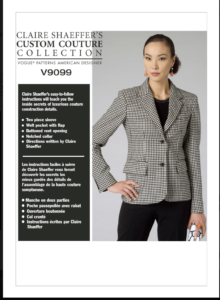
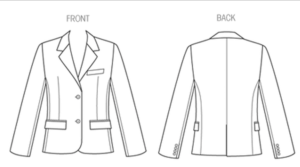
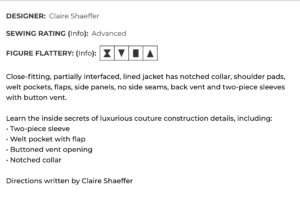
There are many features that well-tailored garments often include. You will transfer these same tailoring techniques in a wide variety of jacket and coat styles. For a first tailoring project or when sewing time is limited, choose a jacket with a simpler shawl collar rather than a complicated notched collar. Some jacket and coat styles have interesting lapel shapes that all style to the garment.
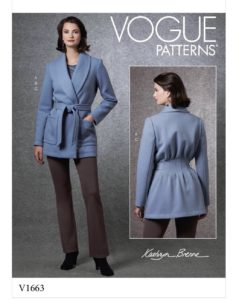
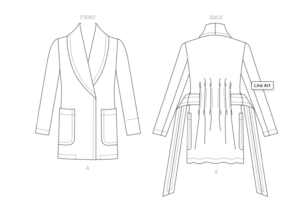
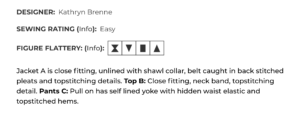
Custom Tailoring Sleeve Types
Dolman or raglan sleeve styles also offer easier construction. Patch pockets are easier than welt pockets. Welt pockets are time consuming and demand careful cutting and precise stitching.
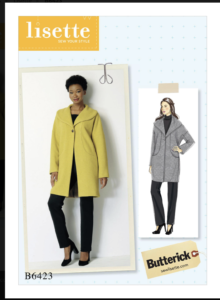
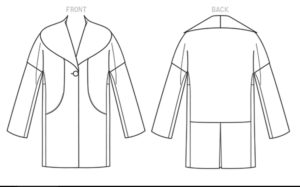
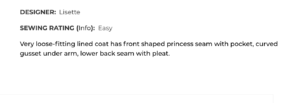
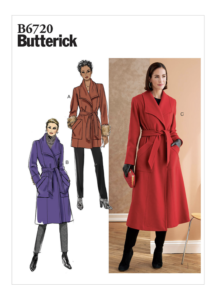
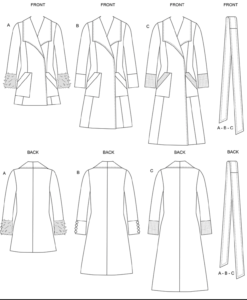
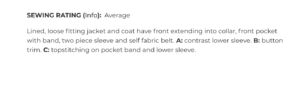
Custom Tailoring Requires Major Investments
You will invest more time and money making a tailored garment than on any other sewing projects. But, you’ll get the maximum benefit if you choose a style that will remain fashionable over a longer period of time. Then, too much time, effort, and money are involved in custom tailoring. You don’t want to construct a garment unattractive on the individual, or will soon be out of fashion. This is a good reason to focus on details when choosing patterns for custom tailoring.
Choose a coat or jacket that will flatter your figure and build on what is already in your wardrobe.
Your tailoring experience will be so much more fun with the recommended pattern. This will eliminate the need for major adjustments. It shortens the fitting process and helps you sew a well-fitting, attractive garment.
The Best Pattern For Custom Tailoring
Lastly, pull out the guide sheet and examine it to determine the complexity of the pattern. The best pattern for tailoring should have separate pattern pieces for the outer garment and the lining sections. Separate top collar and undercollar pieces as well as the facings and interfacings.
The instruction sheet below for Vogue 2204 shows all the pattern pieces directly under the coat’s drawing. Each pattern piece illustration has a number on it. That number corresponds to the name of each pattern piece below. Notice that numbers 1 through 7, plus 11 are the main outer garment pieces. Then, #9 corresponds to the Under Collar, #10 is the Upper Collar. The Front Facing is #12, Back Facing #13, and #’s 14 through 19 are separate lining pieces. This pattern has the recommended pieces for the best tailoring pattern except separate pieces for the interfacings.
Using the Pattern Instruction Sheet
If you look further to the right on the instruction sheet, you’ll see a layout at the bottom named “FUSIBLE INTERFACING (Coat) PIECES: 10,11 & 12”. The same pieces used for the Upper Collar, Collar Band and Front Facing are to be used for the interfacings.
Next, check for the collar, lapel, facing and interfacing pattern pieces marked with roll lines drawings which indicates turnover lines. The second instruction sheet image shows there are not any rolls lines marked on the collar, undercollar, facing or interfacings. Therefore, the roll Iines will need to be added on each pattern piece.
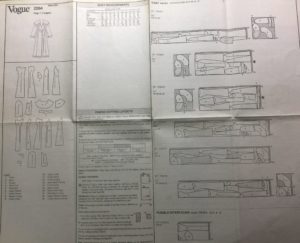
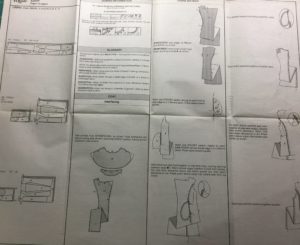
The pattern, Vogue 8732, shows the difference between pattern pieces with roll lines to the one that does not. I used this pattern to tailor the purple jacket next to it that still needs shoulder pads and sleeve caps.
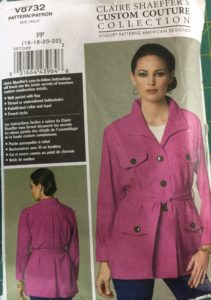
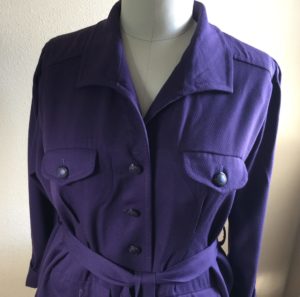
The instruction sheet for Vogue 8732 shows that #10 Front Interfacing, is a separate pattern piece for the interfacing. Then, on the next instruction sheet starting at number 19 of the instructions. Here it shows how to attach the interfacing to the facing. The broken lines show you where the roll line is drawn on the interfacing.
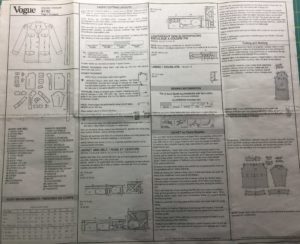
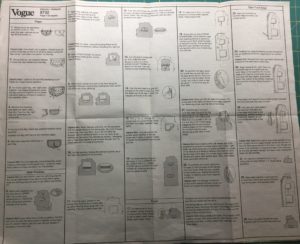
Using your pattern, take out the instruction sheet and pattern pieces. Look for the illustrations discussed above. Check the pattern pieces as below. Look for the roll line markings as drawn on #14, collar; #10, interfacing; and #15, front facing.
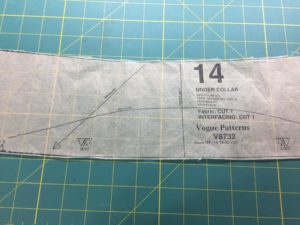
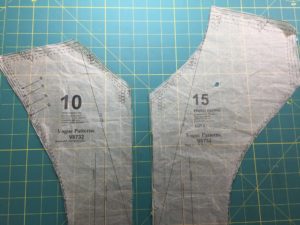
Next, I’ll talk about choosing coordinating fabrics to use for custom tailoring.
